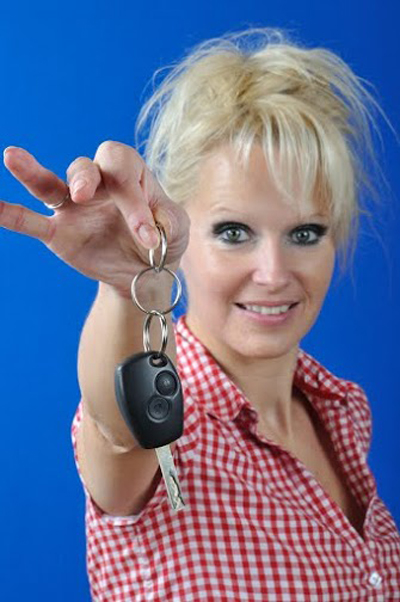How Keys Are Made
05/08/2015 Back To BlogHave you ever had a new key made and it didn’t work? This can be very upsetting. How about learning more about the process? To begin with, it seems to reason that there are specific codes associated with certain keys, which prevent them from being duplicated. There are two types of codes used, bitting codes and blind codes. Key coding is how we are able to create keys.
Types of Key Coding
Blind Codes
A computer or a chart is used to translate the code into a bitting code. The bitting code is then used to make the literal key. Blind codes are also used to help find masters or change keys.
Bitting Codes
The bitting code is what identifies the geometry of a key. It is a series of numbers that are set to change to fit the settings of a key-making machine. This code lets us know how the key should be cut. Locksmiths have access to the appropriate software and code publications. Using blind codes or bitting codes generates some master keys.
Getting a Key Cut Right
It can be very frustrating when you have a key made and it doesn’t fit. When a key is not cut correctly, it could be because of carelessness. Key coding is in place for a reason. It should be used for accuracy. If you have an unusual key that is rare, a locksmith should have the necessary equipment and codes to properly cut it. Over time a locksmith may get comfortable just being able to identify certain keys. However, precision is important and it is good not to get over confident. In this case, a customer may walk away with a key that is useless. When you are having a key made, you should know that the key being made is unique to your lock and feel confident in allowing us to make your key for you. Our team of reputable locksmiths is qualified to assist in making all types of keys.



.jpg)

